The Space Needle’s New Year’s Eve fireworks are the stuff of Seattle legend—a jaw-dropping show that lights up the sky and rings in the new year with a bang. But behind those dazzling colors is a lot of hard work, clever engineering, and yes, some serious mechanical know-how. Curious how it all comes together? Let’s dive into the behind-the-scenes action!
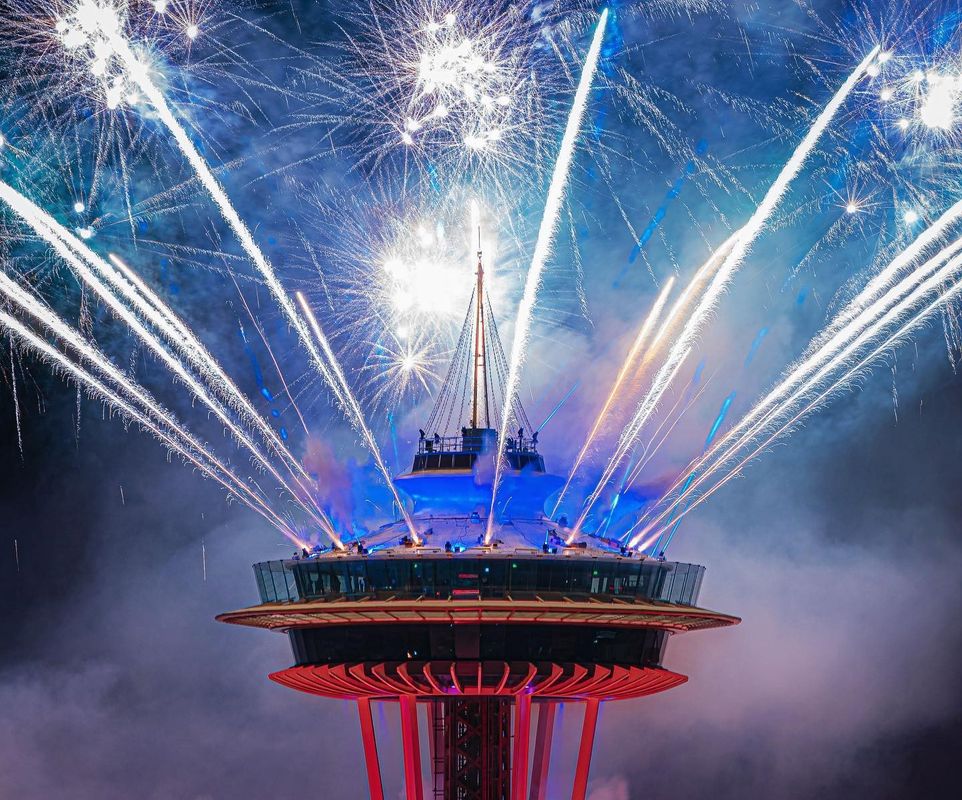
Step 1: Designing the Big Show
Months before New Year’s Eve, the planning begins. Pyrotechnic experts team up with lighting and sound designers to craft a perfectly synchronized spectacle. Every firework, light, and beat of music is planned down to the millisecond. Advanced computer modeling ensures the show will work flawlessly before a single firework is loaded.

Image Source: SoundOnSound, Online
Step 2: Structural Brilliance Meets Mechanical Muscle
Setting up a fireworks display on a landmark as unique as the Space Needle isn’t just tricky—it’s a mechanical marvel. Special mounts, brackets, and platforms are engineered and installed to safely hold hundreds of fireworks. These systems are designed to distribute weight evenly and handle vibrations and Seattle’s unpredictable weather. Mechanical winches and pulley systems often come into play, helping hoist and secure heavy equipment into position.
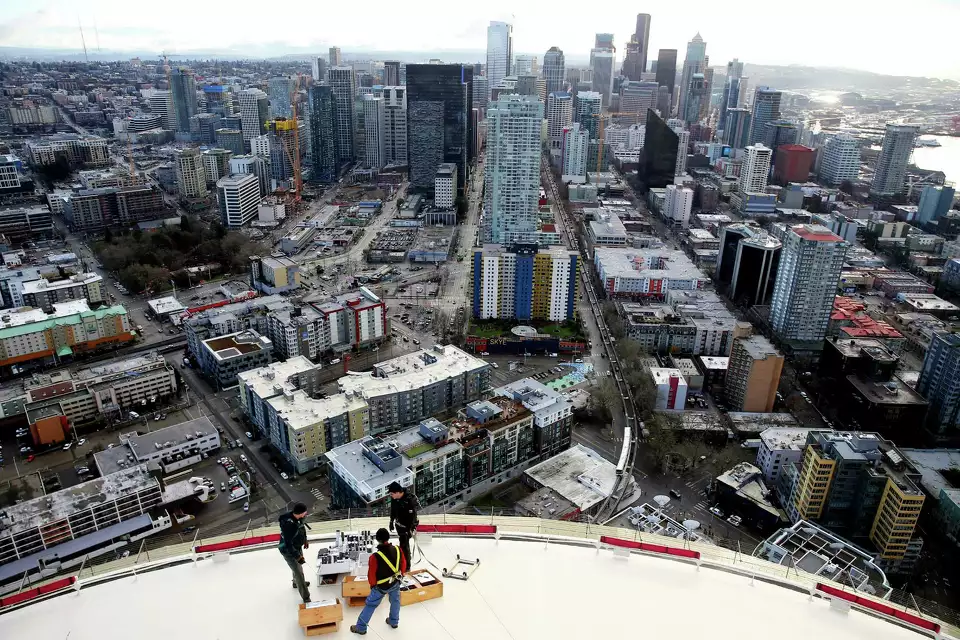
Image Source: Seattle PI
Step 3: Electrical Wizardry
Here’s where the tech gets exciting. Each firework is connected to an intricate network of electronic ignition systems (like pictured below), all programmed to fire with split-second precision. These systems are powered by a mix of onboard generators and pre-rigged power lines, ensuring smooth operation no matter what Mother Nature throws at them. New technology is now integrated with Smartphones for ignition as well!
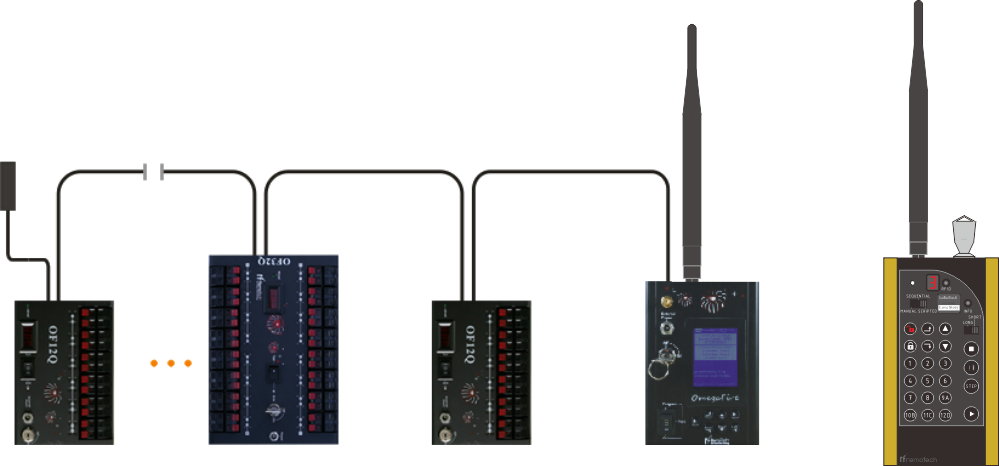
Image Source: Rfremotech.com
Step 4: Safety First (and Always)
From fire-resistant materials to custom-built safety rigs, the setup is all about protecting the Space Needle, the crew, and the spectators. Mechanical dampers and wind bracing systems are often installed to stabilize the structure during setup, and multiple checks are performed to ensure every system is secure and safe to operate.
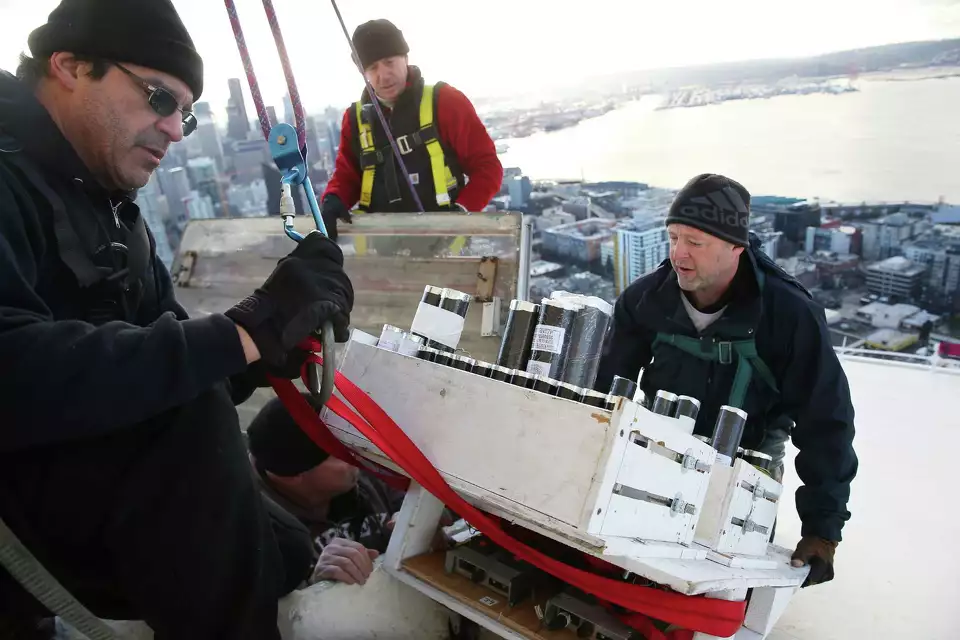
Image Source: Seattle PI
Step 5: Building the Show
Over the course of several weeks, the team installs hundreds of fireworks onto the Needle. Mechanical lifts and scaffolding systems make it possible to access every nook and cranny of the structure. The fireworks are wired into the ignition system with painstaking care, ensuring everything is positioned perfectly for the big night.

Image Source: Seattle PI
Step 6: Testing and Fine-Tuning
Before the show, the entire setup undergoes rigorous testing. Late-night rehearsals include firing test flares, syncing the ignition system with the music, and ensuring the mechanical components are performing flawlessly. These tests are critical for spotting and fixing any last-minute issues.
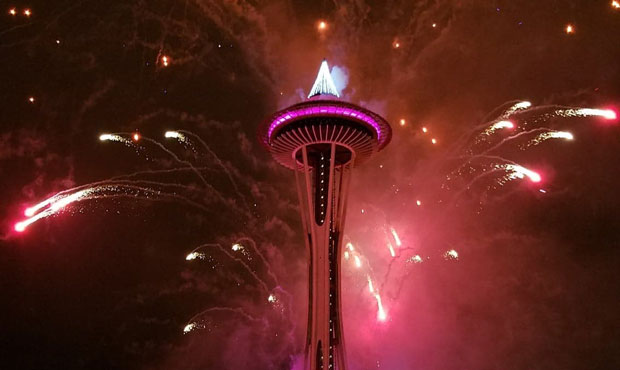
Step 7: Showtime! 🎆
Finally, it’s go time. At midnight, the control center takes over, triggering fireworks, lighting, and sound cues with split-second precision. The Space Needle’s mechanical systems hum along, seamlessly supporting the show as it lights up the sky. From the ground, it’s pure magic—but up close, it’s a perfectly orchestrated mix of engineering and pyrotechnics.
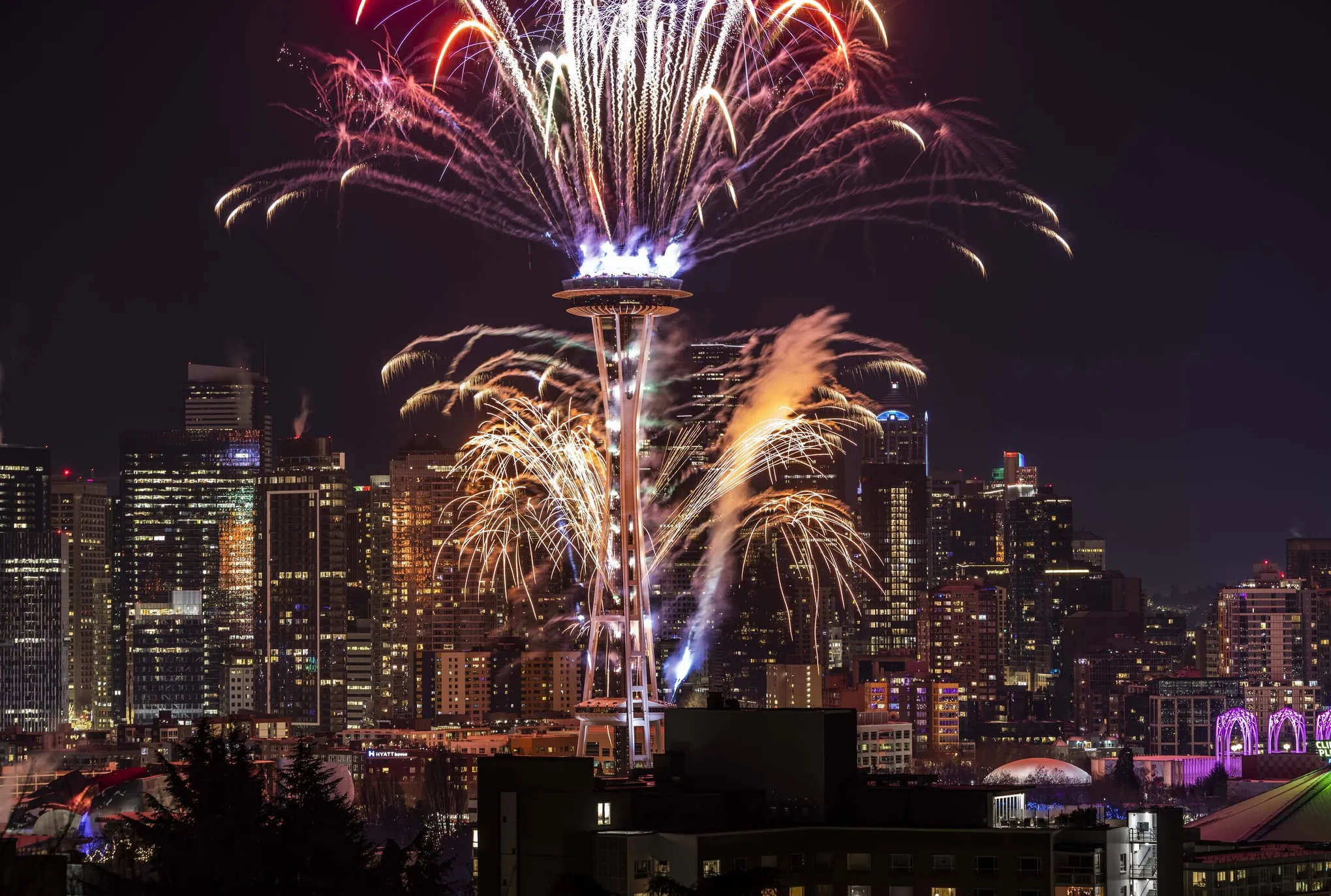
Image Source: The Seattle Times
Step 8: Breaking It All Down
Once the fireworks are done and the cheers die down, the team starts dismantling the setup. Mechanical equipment, scaffolding, and mounts are carefully removed, and the Space Needle is restored to its iconic self.
It’s More Than Just Fireworks
This isn’t just a light show—it’s a masterclass in engineering, creativity, and mechanical precision. From the custom-built mounting systems to the carefully tuned power and ignition systems, every detail reflects the dedication of the teams involved.
So, as you watch those fireworks light up the sky this New Year’s Eve, remember: behind the sparkle is a lot of sweat, smarts, and mechanical magic.
Here’s to another incredible New Year’s Eve, Seattle! 🎇🎆